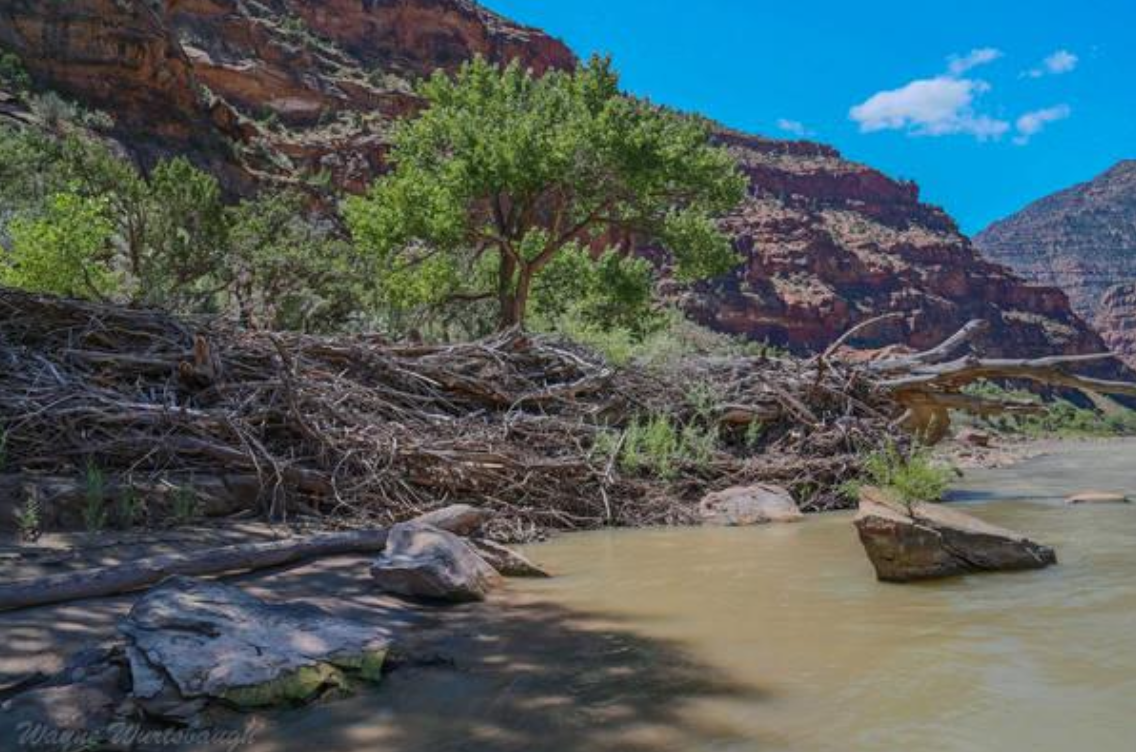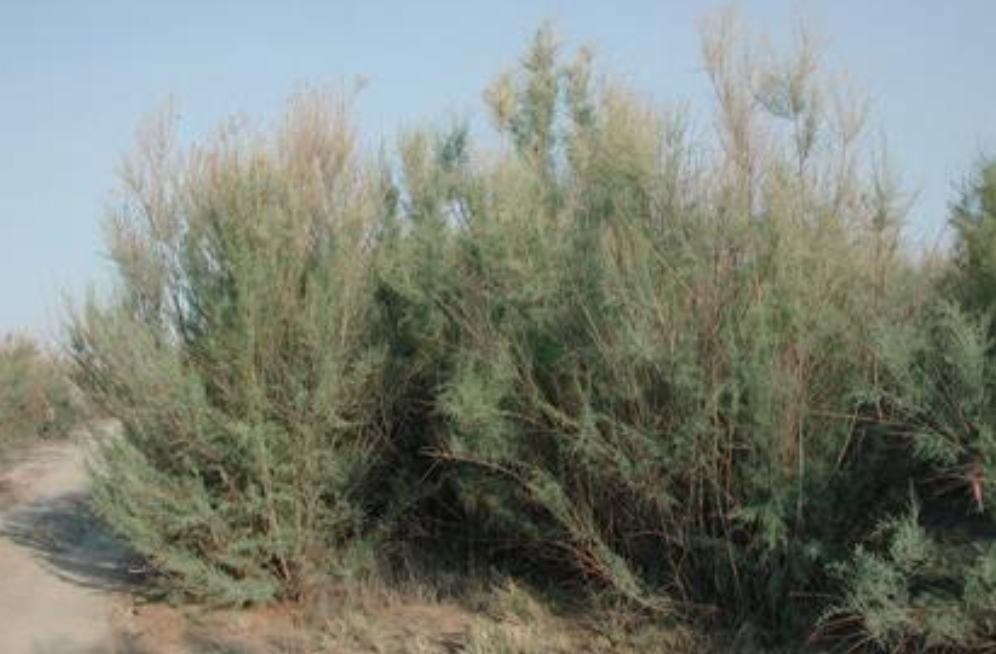Based on the Presentation “Riparian Vegetation in the Grand Canyon: Multiple priorities influence management options” in the UC Davis Course Geology 230/Ecology 290, Winter 2017.
When discussing the management of riparian zones (the interfaces of rivers and land) of the Grand Canyon, the first question to ask may be, ‘why do riparian zones matter’? The most common response is that they provide important habitat for wildlife, including birds, invertebrates, amphibians, and reptiles. With regard to birds, over 50% of the 166 species of birds in the southwest require riparian habitat, including the endangered Southwest Willow Flycatcher. For invertebrates, there are only two or three populations of the Kanab ambersnail, one of which exists at the Grand Canyon’s Vasey’s Paradise spring. In addition to wildlife habitat, riparian zones are an important source of organic matter inputs for aquatic food webs. Also, large pieces of organic matter, such as woody debris, help to shape river channels and provide refuge for wildlife. For the benefit of humans, riparian zones provide essential shade for summer camping, although overgrowth of riparian vegetation can overtake potential camping spots for humans.

Considering the importance of riparian zones and the impact of humans on these zones in the Grand Canyon, we need to better understand what influences species composition in riparian zones. The types of vegetation in a riparian zone depends largely on differences in moisture and soil types at different proximities to the river. Considering the slopes on riparian zones and proximity to the river, there are important moisture and soil gradients that control the types of plants that dominate these areas. For example, at the water’s edge and in backwater areas, there are mostly marsh plants such as cattails and rushes. A little higher up the slope, the soil is still moist throughout the year, however, the soil is not saturated, thus commonly willows and seepwillows predominate. Higher up the slope, the soil is drier and plants need to have a higher drought tolerance, thus four-wing saltbush and arrow weed are common. In the highest terraces of the riparian zone, a very high drought tolerance is necessary, which makes plants such as mesquite, catclaw, and the invasive tamarisk common.
Humans have had significant impacts on the ecology and hydrology of the Grand Canyon. An important mode of human influence is dam construction, such as the Glen Canyon Dam. Because dams have significant effects on base and peak flows, the species composition in riparian zones can be greatly affected, as these flows control soil moisture level in these zones. The general effect of the Glen Canyon Dam has been an expansion of woody vegetation and an increase in marsh vegetation. The dam has resulted in peak flows that are now much lower than there were in pre-dam years, so the plants on the higher terraces are no longer influenced directly by the river, but rather depend purely on precipitation for their water needs.
Another important factor affecting riparian vegetation is the presence of invasive species. A common plant considered invasive is Tamarisk (Tamarix ramonsissima). Tamarisk was present in the Grand Canyon before the Glen Canyon dam, but its presence in the canyon has changed since the dam was built. In some areas of the southwest, Tamarisk has become a dominant species, but currently it is co-dominant in the Grand Canyon. Tamarisk responds similarly to native vegetation in the face of ecological changes, but it does have some important differences from native vegetation, including a much longer period of seed release than native willows or cottonwoods, with which it shares a habitat and competes. It is important to note that Tamarisk is known for competing with native vegetation, but it also provides habitat for important wildlife such as neotropical migrant songbirds, peregrine falcons, and bald eagles. And although tamarisk is the invasive plant along the Colorado River that gets most of the press, there are about 60 other invasive plants just in Grand Canyon National Park, many of which also occur along Riparian Zones.

Looking forward to ecological management of the Grand Canyon riparian zones, there are many factors to consider. If we wanted to restore historical vegetation structure and composition, a more natural flow regime would be needed. Considering the damming of the canyon, there is no real chance of achieving a flow regime that used to exist, but flows could be modified to better match historical trends. In order to help restore the ecosystem to a state more similar to its historical appearance could best result from restoration floods and manual invasive species control. In the end, management of riparian ecosystems is complex, with many competing needs of organisms in the area. Luckily, there are teams of researchers helping us to best understand how to manage this beautiful and important ecosystem in the Grand Canyon.
